#Roman numismatics
Text

Roman silver coin minted in 55 BCE, during Julius Caesar's campaigns in Gaul, by Publius Fonteius Capito, one of the tresviri monetales (mint officials) for that year. On the obverse, the helmeted head of the war god Mars, with a small representation of a tropaeum (trophy) behind him. On the reverse, a Roman horseman rides down two enemy soldiers, identified by their helmets and shields as Gauls.
#classics#tagamemnon#history#ancient history#Ancient Rome#Roman Republic#Roman history#art#art history#ancient art#Roman art#Ancient Roman art#Roman Republican art#artifacts#artefacts#coins#ancient coins#Roman coins#Ancient Roman coins#numismatics#ancient numismatics#Roman numismatics
105 notes
·
View notes
Text

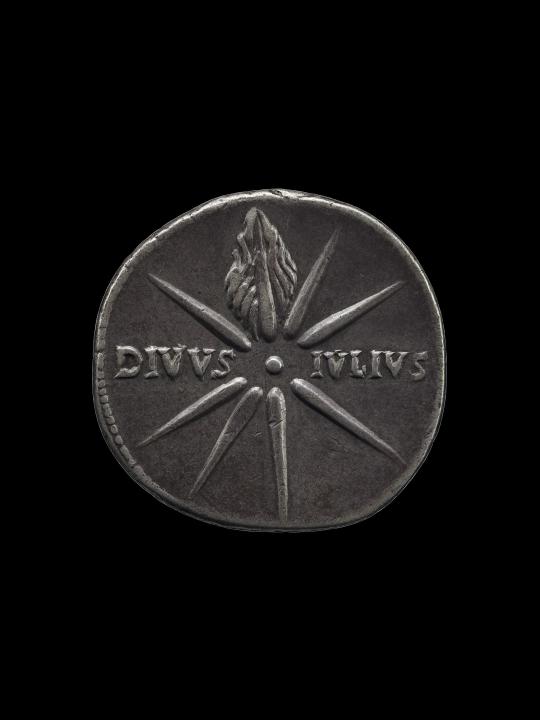
Denarius with head of Augustus wearing oak wreath (obverse) and comet with eight rays and inscription Divus Julius (reverse)
Roman (possibly minted at Caesaraugusta, modern Zaragoza in Spain), Imperial Period, 19-18 B.C.
silver
British Museum
#I love the coins of Augustus with representations of Caesar's Comet#I linked to the Wikipedia page if you want more info#denarius#Augustus#Julius Caesar#Caesar#Caesar's Comet#Divus Julius#Roman Empire#Augustan Period#Imperial Period#silver#coin#numismatics#British Museum
177 notes
·
View notes
Text
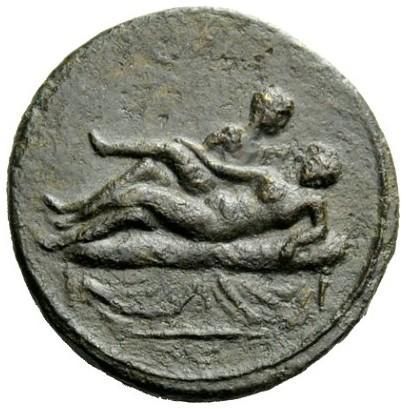

Roman spintria with erotic scene on obverse and "VIIII" on reverse, ca. 22-37 AD
69 notes
·
View notes
Text

Fulvia AR denarius issued by Marcus Antonius. Rome mint, ca. 42 BC, 3.5 gm, 17.0 mm. Ob. draped bust of Fulvia as victory. Rev. victory in biga holding reins of two horses. Inscribed, L MVSSIDIVS LONGVS
Mark Antony's 2nd wife Fulvia was the first roman woman to be portrayed on coins. Beautifully toned attractive portrait of Fulvia Flacca Bambula. Somewhat rough around the edges and the reverse struck slightly off center, otherwise, very fine.
#fulvia#mark antony#marcus antonius#numismatics#denarius#silver coins#roman coins#coins#ancient coins#ancient rome#rome#roman history#roman republic#roman empire
23 notes
·
View notes
Text
This sounds like an exciting site for archaeology. Lots left to do.
15 notes
·
View notes
Text
new roman emperor just dropped :)
77 notes
·
View notes
Text
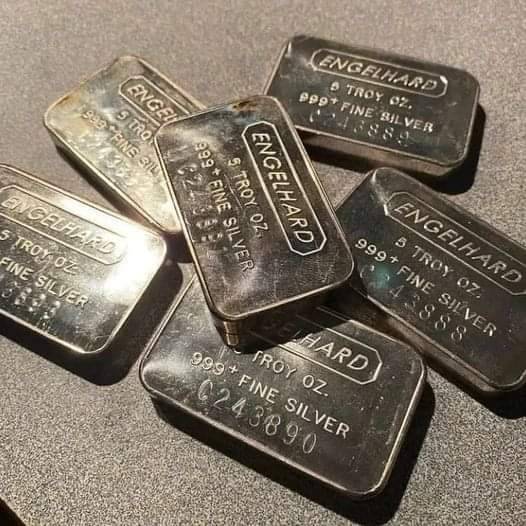
5oz of Engelhard silver bars
Bin:$125 each
#black metal#heavy metal#precious metals#coin slot#coinstats#meme coins#roman coins#ancient coins#my coins#crypto coins#investment#investors#real estate investing#numismatics#silverbars#silver coins#old money#bullion#history
3 notes
·
View notes
Text
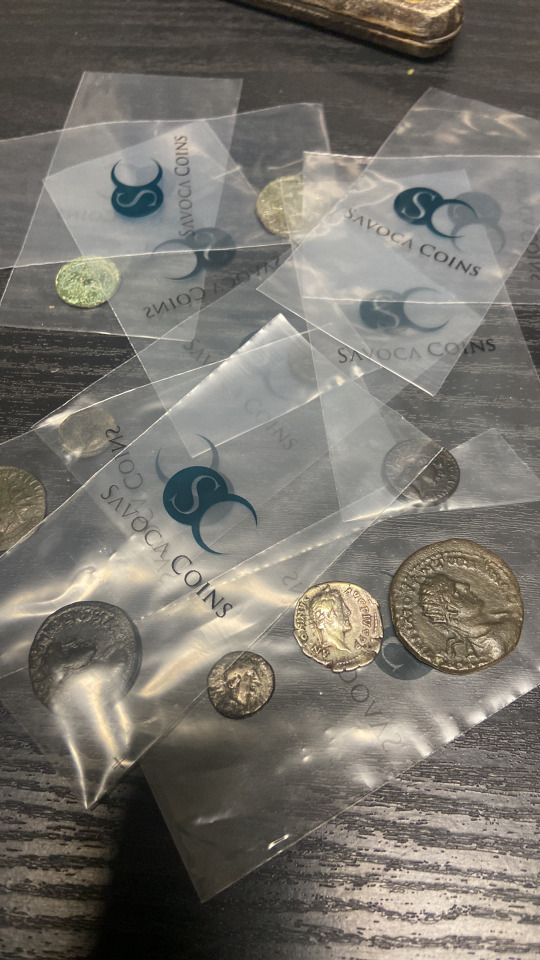
New shiny things give me something similar to joy
#numismatics#coins#roman empire#ancient rome#elagabalus#heliogabalus#antoninus pius#hadrian#volusian#nero#domitian#ancient#ancient history#shiny#crow behavior
7 notes
·
View notes
Text





MMIX (2009) Ultra High Relief American Gold Eagle Coin
#gold#american gold eagle#gold coin#ultra high relief#2009#mmix#roman numerals#lady liberty#u.s. mint#coinage#u.s. currency#numismatics#augustus saint-gaudens#22k gold#wealth#prosperity#fortune#collectible
0 notes
Text

Coin from Heliopolis (Baalbek) in present-day Lebanon, minted under the Roman emperor Philip the Arab (r. 244-249 CE). On the obverse, the laureate bust of Philip. On the reverse, the personified Tyche (Fortune) of Heliopolis, accompanied by two spirits holding torches. On either side, female statues atop columns hold a canopy over Tyche's head. Now in the Munzkabinett Berlin.
#classics#tagamemnon#history#ancient history#Roman Empire#Roman history#Heliopolis#Baalbek#art#art history#ancient art#Greek religion#Ancient Greek religion#Hellenic polytheism#coins#ancient coins#Roman coins#Ancient Roman coins#numismatics#ancient numismatics#Roman numismatics#artifacts#artefacts#Munzkabinett Berlin
71 notes
·
View notes
Text

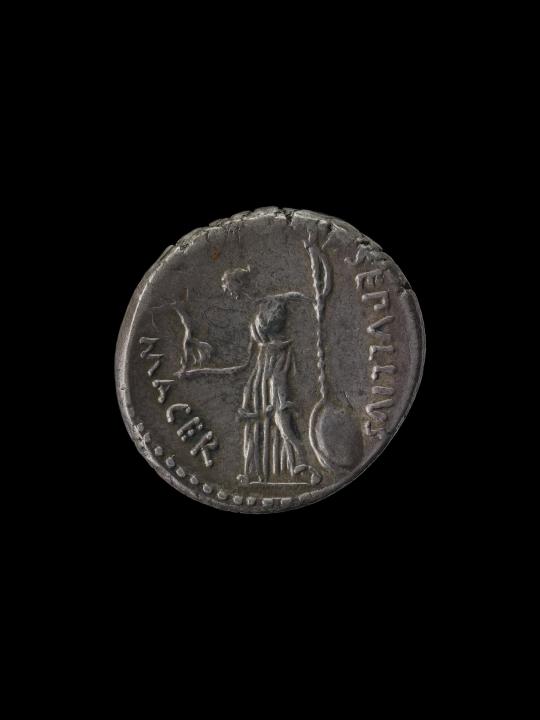
Denarius with head of Julius Caesar (obverse) and Venus holding Victory (reverse), minted under P. Sepullius Macer at Rome
Roman, Republican Period, 44 B.C.
silver
British Museum
#Ides of March#Julius Caesar#Caesar#Ancient Rome#Roman Republic#Republican Period#Rome#denarius#silver#coin#numismatics#Venus#Victory#British Museum
100 notes
·
View notes
Text

0 notes
Text
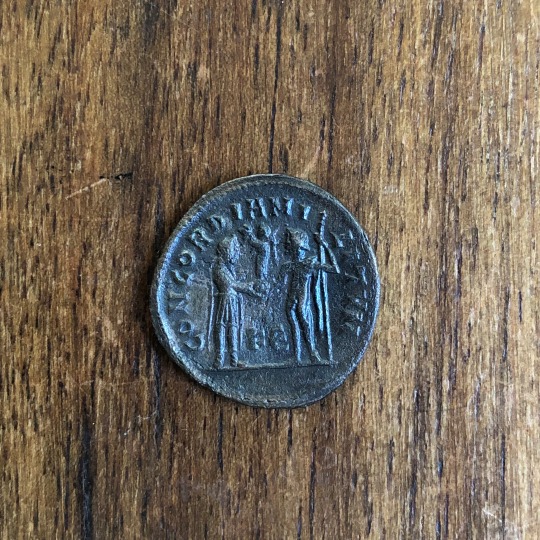

Radiate, 295-299 Roman Empire (Cyzicus)
Denomination: Argenteus (demonetised)
Composition: bronze
With a bust of Maximian on the obverse, and Jupiter presenting victory on a globe to the emperor on the reverse, this is a great Roman coin. Maximian celebrated many military victories during his life, which is celebrated with the depiction of him being rewarded by the king of the gods.
#my coins#coin collecting#numismatics#roman empire#history#coins#got this bad boy on sale I’m really happy with how nice it looks
1 note
·
View note
Text
Antony's Noble Appearance

Ancient sources mention Antony’s physique as handsome and strong, and we can trace some consistent features of Antony’s physical appearance from sculptures and coins. At least some of these depictions can be said to reflect the charm of personality and his love of exhibitionism. Plutarch mentions that he had a noble appearance, a strong, well-trained body and a handsome face, which can be discerned from the portrait sculpture above. Coins do not usually give realistic detail of physical appearance, and generally the coins minted by Antony or in his honour show a strong face with regular features common to coin portraiture, as illustrated below.
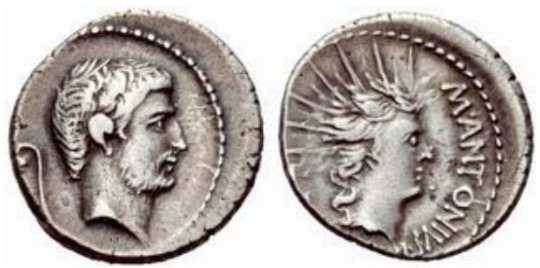
Denarius 42 BC, military mint (Italy) with bearded head of Mark Antony. On the reverse, the radiate head of Sol, with the legend M ANTONIVS III VIR RPC. This coin may have been minted to celebrate Antony’s victory at Philippi.

Ephesus, 39 BC. With the wreathed head of Mark Antony and the legend M ANTONIVS IMP COS DESIG ITER ET TERT (Octavia’s head is on the reverse).
Plutarch mentions Antony’s shapely beard, a feature not found on any of the sculptures, but illustrated on some coinage. It is Pollini’s contention (Raaflaub and Toher 1993, 341) that beardlessness invites the spectator to see Antony as a human in divine disguise. It is interesting to note that coinage often depicts Antony with beard while Octavian is instantly recognisable on coinage as young and beardless.
Sources: Plutarch's Life of Antony
Eleanor Goltz Huzar, Mark Antony - A Biography
#mark antony#marc antony#marcus antonius#octavia#coinage#coins#silver coins#rome#history#numismatics#ancient rome#roman history#roman republic#roman empire
13 notes
·
View notes
Text
Ancient Indian Coins of Foreign Rulers
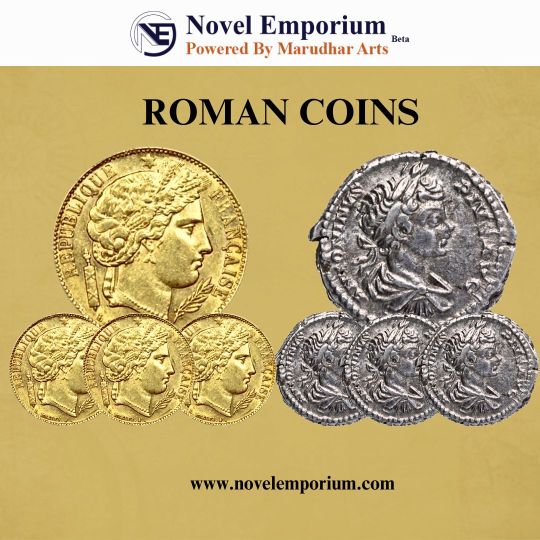
#Introduction:#Ancient India is a land rich in history#culture#and diversity. Throughout the centuries#it witnessed the rise and fall of various empires#attracting foreign rulers from distant lands. One of the intriguing aspects of this period is the numismatic heritage left behind by these#their interactions with Indian society#and the fascinating blend of local and foreign influences. In this blog#we will embark on a numismatic journey#exploring the ancient Indian coins of foreign rulers and unraveling the stories they tell.#In ancient times#various foreign empires#such as the Romans#Portuguese#British Empire also ruled over India. During the Roman rule#they introduced their own coins for trade and commerce#known as Roman Empire coins. We possess a collection of currencies from different foreign kingdoms of Portuguese#British#Roman#and others. We have rare currencies and ancient coins such as the Silver Denarius in their period.#1.The Indo-Greeks: The Indo-Greeks were among the first foreign powers to establish their presence in India. Their coins#issued during the 2nd century BCE#serve as a testament to the cultural fusion that occurred during this period. We will delve into the designs#inscriptions#and artistic influences that characterize these coins#shedding light on the cross-cultural interactions between the Greeks and the Indians.#2.The Kushanas: The Kushan Empire#originating from Central Asia#had a significant impact on ancient Indian history. Their coins#minted from the 1st to the 3rd century CE
0 notes
Text
Should You Buy Roman Gold? Avoid a Costly Mistake or Fulfill a Bucket List Dream
When it comes to buying ancient artifacts, Roman gold is often considered the ultimate prize. But is it worth the risk? In this post, we’ll explore the pros and cons of buying Roman gold, helping you to make an informed decision and avoid any costly mistakes. Whether you’re a collector, an investor, or simply looking to fulfill a bucket list dream, read on to discover everything you need to know…
View On WordPress
#ancient coins#ancient gold coins#ancient silver coins#athenian owl silver coin#athenian owl tetradrachm#buying ancient coins#buying roman gold#gold aureus#gold coins#gold coins collection#gold stacking gold#marcus aurelius aureus#marcus aurelius gold coin#medieval gold coins#numismatic coins#roman coins#roman gold coins#stacking gold
0 notes